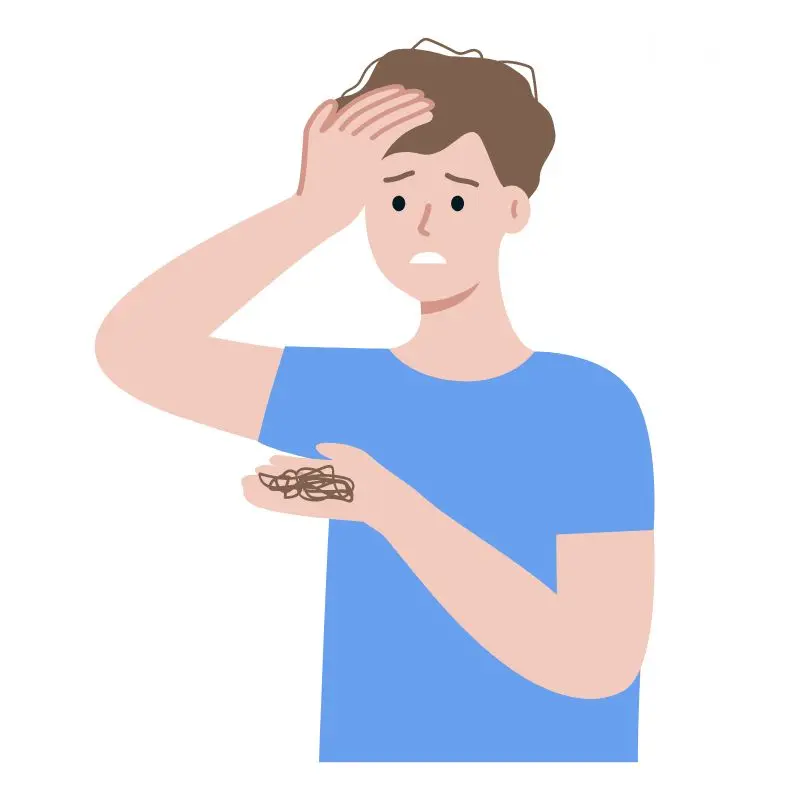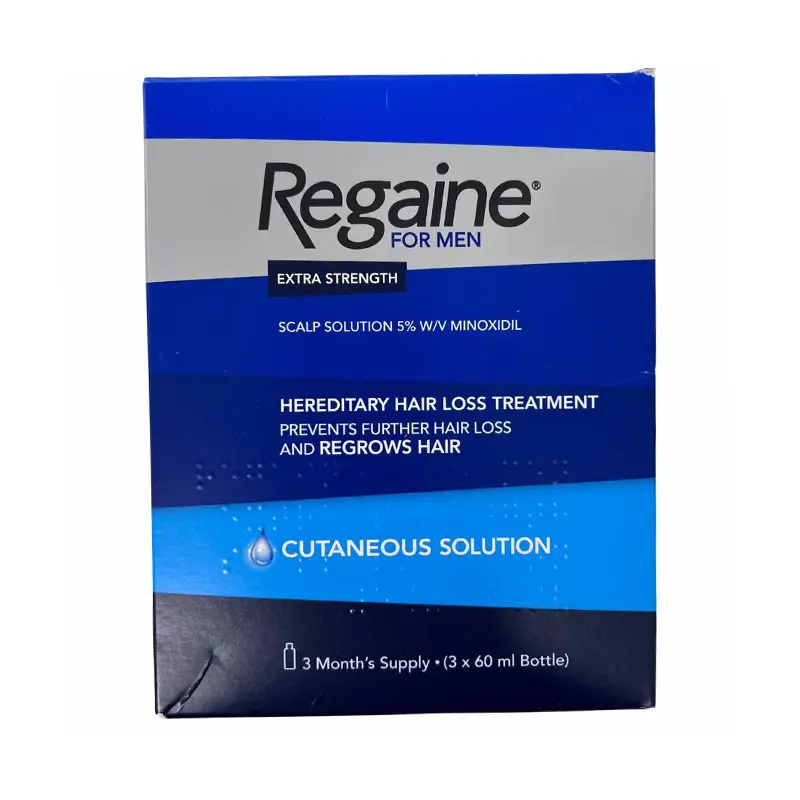
About Us
Hair Loss
Male pattern baldness, also known as androgenetic alopecia, is the most common form of hair loss in men. It is primarily caused by genetic factors and the hormone dihydrotestosterone (DHT), which shrinks hair follicles and shortens the hair growth cycle. This condition typically starts with a receding hairline and thinning at the crown. Over time, it can lead to significant hair loss or baldness. Treatments are available to slow the process and stimulate hair growth.
Treatments
Hair loss is a common concern that affects many men, especially as they age. While it can be a natural part of the aging process, it may also result from underlying health issues or lifestyle factors. Understanding the causes, available treatments, and when to seek professional help can make a significant difference in managing hair loss effectively. Here’s a detailed guide on hair loss in men:
Common Causes of Hair Loss in Men
- Male Pattern Baldness (Androgenetic Alopecia): The most common cause of hair loss in men, accounting for approximately 95% of cases. This hereditary condition typically begins with a receding hairline or thinning at the crown and progresses over time. It is caused by a combination of genetics and the hormone dihydrotestosterone (DHT), which shrinks hair follicles and shortens the hair growth cycle.
- Stress: Both physical and emotional stress can lead to telogen effluvium, a type of temporary hair loss. Stress disrupts the natural hair growth cycle, pushing hair into the shedding phase prematurely. Hair regrowth typically occurs once the stress is alleviated.
- Nutritional Deficiencies: Poor diet, particularly a lack of essential vitamins and minerals like iron, vitamin D, and zinc, can lead to thinning hair or hair loss. Ensuring a balanced diet rich in nutrients is crucial for maintaining healthy hair.
- Medical Conditions: Certain health conditions, such as thyroid disorders, autoimmune diseases (like alopecia areata), and scalp infections, can cause hair loss. Some medications used for other conditions (e.g., chemotherapy, blood thinners, antidepressants) may also contribute to hair thinning.
- Lifestyle Factors: Smoking, poor sleep, and excessive alcohol consumption can affect the health of your hair. These lifestyle habits can impair blood circulation to the scalp and reduce the effectiveness of nutrients needed for hair growth.
Treatment Options for Hair Loss in Men
There are several options available for men looking to treat hair loss. Treatments vary depending on the cause, severity, and type of hair loss. Here are some of the most common treatments:
1. Minoxidil (Topical Treatment)
Minoxidil is an over-the-counter topical treatment that is used to treat male pattern baldness and promote hair regrowth. Available in both liquid and foam formulations, it works by improving blood flow to the hair follicles, stimulating them to produce new hair. It is typically applied directly to the scalp twice daily. It’s important to note that results can take 3-6 months to become visible, and ongoing use is necessary to maintain the effects.
2. Finasteride (Oral Medication)
Finasteride is a prescription medication that works by blocking the hormone DHT, which is responsible for shrinking hair follicles in men with male pattern baldness. By inhibiting the production of DHT, finasteride helps slow hair loss and promote regrowth. It is available as a daily oral tablet. However, finasteride may come with potential side effects, so it’s important to consult with a healthcare provider before use.
3. Hair Transplant Surgery
For more advanced cases of hair loss, hair transplant surgery may be considered. This procedure involves removing hair follicles from areas of the scalp where hair is still thick (typically the back of the head) and transplanting them into thinning or balding areas. It offers a permanent solution, but it’s more invasive and can be costly.
4. Platelet-Rich Plasma (PRP) Therapy
PRP therapy involves drawing a small amount of your blood, processing it to concentrate the platelets, and then injecting it into the scalp. The growth factors in the platelets help stimulate hair follicles and promote new hair growth. This is an emerging treatment option and is often used in combination with other therapies.
5. Lifestyle and Dietary Changes
Maintaining a healthy lifestyle can significantly improve the condition of your hair. Ensuring a well-balanced diet, rich in proteins, vitamins, and minerals, can provide the necessary nutrients for hair health. Additionally, managing stress through relaxation techniques, regular exercise, and adequate sleep can help reduce hair loss caused by stress.
When to Seek Professional Help
While some degree of hair thinning is normal as men age, if you notice significant or sudden hair loss, it’s important to consult with a healthcare provider. A doctor or dermatologist can help diagnose the cause of hair loss and recommend the most appropriate treatment for your situation.
Consider seeking professional help if:
- Your hair loss occurs rapidly or in patches.
- You experience scalp irritation, itching, or redness.
- You notice thinning or receding at an unusual rate for your age.
- Over-the-counter treatments like minoxidil don’t seem to be working.
Prevention and Maintenance
While you may not be able to completely prevent hair loss, there are several steps you can take to slow it down or minimize its impact:
- Avoid harsh treatments: Minimize the use of harsh chemicals, tight hairstyles, and excessive heat styling, as these can damage hair.
- Healthy scalp care: Regularly cleanse and nourish your scalp to ensure that it remains free of buildup that could hinder hair growth.
- Monitor your diet: Ensure you are getting the necessary vitamins and minerals for hair health, including iron, biotin, vitamin D, and omega-3 fatty acids.
- Be mindful of stress: Regular exercise, meditation, and relaxation techniques can help reduce stress, which may otherwise contribute to hair loss.




